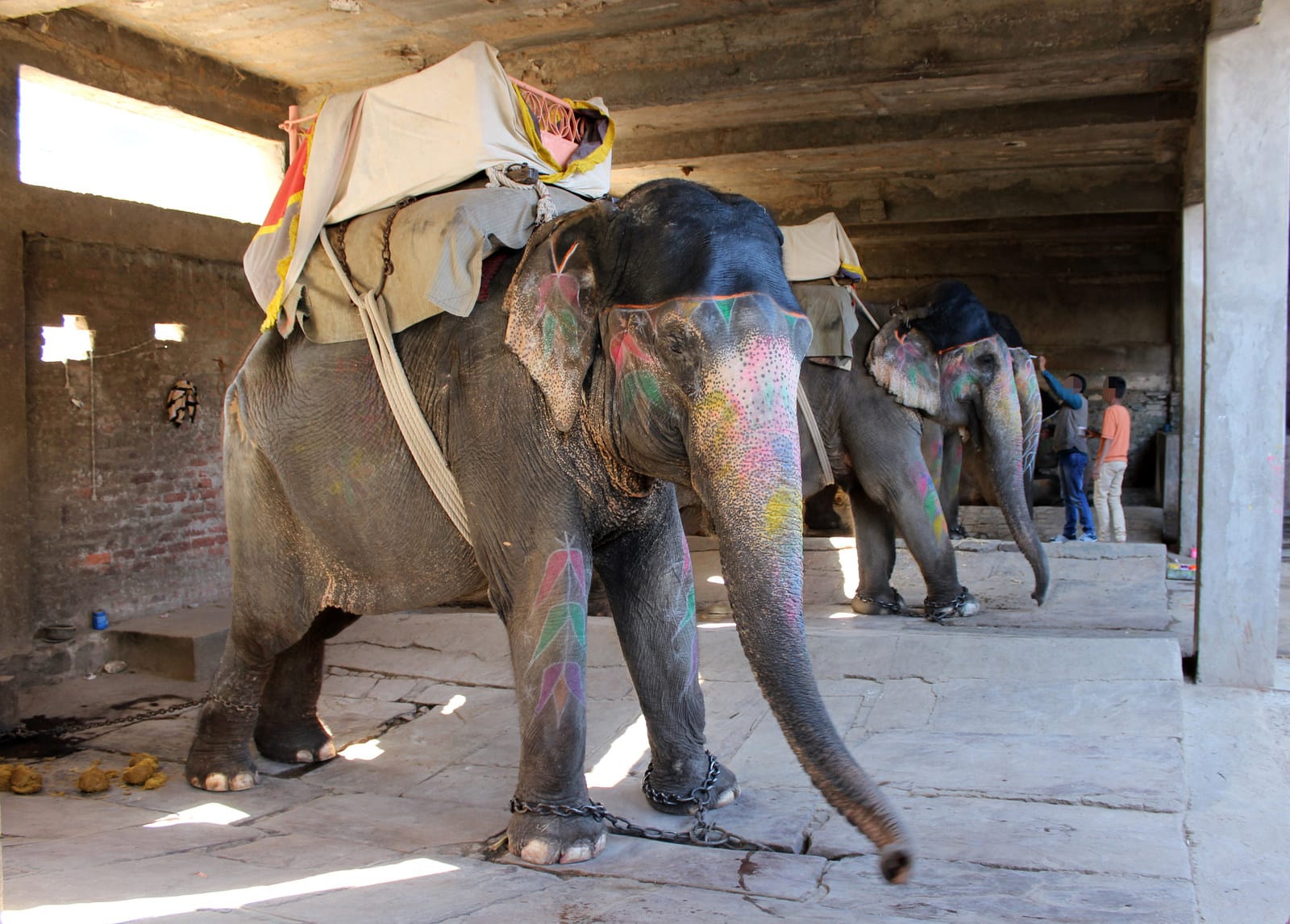New York City – 8 July 2017 –
A new report released by World Animal Protection reveals that more than three quarters of nearly 3,000 elephants used in tourist entertainment in Asia are kept in severely cruel conditions.
Riding an elephant is one of the most popular tourist activities in Asia. World Animal Protection investigated the conditions endured by 2,923 elephants at tourist venues in Thailand, Sri Lanka, Nepal, India, Laos and Cambodia, and found that 77% of them were treated appallingly.

Thailand uses twice as many elephants in tourism as all the other Asian countries combined. Tourism to Thailanddoubled from 15.9 million to 32.6 million visitors between 2010 and 2016, contributing to a 30% rise (1,688 to 2,198) in elephants held in captivity for tourist activities. The research also found that several venues in Thailand receive thousands of visitors daily, generating estimated profits of tens of thousands of dollars per month from exploiting Asian elephants – an endangered species.
When not giving rides or performing, elephants are typically chained day and night, often to chains less than ten feet long. They are also fed poor diets, given limited veterinary care, and are frequently kept on concrete floors in stressful locations near loud music, roads or visitor groups.
These conditions do not account for the elephants’ intelligence, behaviors and needs and follow the severe trauma endured by elephants in their early years. This is caused by separation from their mothers and harsh training regimes to break their spirits and make them submissive enough to give rides and perform.
Dr. Jan Schmidt-Burbach, Global Wildlife and Veterinary Advisor at World Animal Protection, said: “The cruel trend of elephants used for rides and shows is growing. We want tourists to know that many of these elephants are taken from their mothers as babies, forced to endure harsh training, and suffer poor living conditions throughout their life.
There is an urgent need for tourist education and regulation of wildlife tourist attractions worldwide. Venues that offer tourists a chance to watch elephants in genuine sanctuaries are beacons of hope that can encourage the urgently needed shift in the captive elephant tourism industry.”
Since 2005, World Animal Protection has been campaigning to improve the welfare of elephants, and a study on tourist attitudes in 2017 shows a 9% drop globally in the number of people who find elephant riding acceptable compared to three years ago.
In 2014, the organization revealed that 53% of people globally felt that riding an elephant was acceptable and 40% found it unacceptable, compared to 2017, when only 44% thought elephant riding was acceptable and 49% found it unacceptable.
Most tourists sign up for experiences with elephants because they love wild animals and don’t know about the cruelty behind the rides, tricks and photo opportunities; if people knew the facts, then they wouldn’t do it. The best place to see an elephant is in the wild, or in the next best place, a genuine elephant sanctuary.

